The only official licensed edition of the deck in Russia.
New edition!
Publisher: MACards
Author:Itsik Shmulevich
Drawings: Michal Singer
Contents:
- 192 cards: 96 story cards and 96 word cards (10, 9 x 7.4 cm, UV varnish coating, density 300g);
- 1 book-guide on the use of MAK “Duet” in psychological work (46 pages);
- thick gift box (lid-bottom 21.4 x 13.5 cm).
Metaphorical associative cards “Duet” are created to work with a large number of different requests relating to marital relationships, relationships in couples and not only.
The set includes two decks:nbsp; cards – drawings that very clearly convey feelings and experiences, styles of behavior of people in certain situations, nbsp; cards – words that help name them. Of these, only a part is devoted to the relationship between a man and a woman.
The set contains images and words symbolizing relationships with oneself, with one’s body, with work, with family, etc., which allows you to expand the areas of application of this deck.
MAK “Duet” is an indispensable tool in individual and group therapy for internal and external conflicts, identity crises, relationships with oneself, with one’s body and the outside world, in the treatment of interpersonal and family conflicts.
MAK “Duet” indispensable in family psychotherapy, in working with couples, with children and their parents. With the help of the Duet MAK you can:
- explore scenario patterns of behavior in stressful situations;
- work with attitudes and beliefs that affect relationships with the opposite sex;
- explore and analyze family and other systems;
- look for ways out of conflict situations;
- work with psychosomatic symptoms;
- go in search of a resource;
- correct destructive relationships in a couple;
- understand the features of child-parent and marital relationships, etc.
< li>develop the skill of making constructive decisions;
Exercise No. 1 “Here and Now”
Goal: identifying and working with a current request, diagnosing a communication problem in a couple, developing awareness in the context of significant relationships , searching for resources for the desired changes.
Step 1. Think about a situation or person that worries you.nbsp; Shuffle both decks and take out two cards face down (face down) – a picture card and a word card as an answer to one of the questions:
“What does this situation mean to me?”
“How did I end up in such a situation?”
Step 2. Turn over the cards one by one, note what thoughts and feelings they evoke in you.
Questions to help:< /strong>
- Is there a connection between the cards?
- If so, what is it?
- What are they talking to you about?
- How How did you feel in the situation or in relation to the person?
- How did you behave?
- What were you thinking?
- How did you find yourself in a situation that worried you?< /li>
- How would you like to behave in this situation?
- How would your partner behave?
- How would he like to behave in this situation?
- How did he see me in this situation?
- What are the reasons, goals and circumstances of everything that happened?
Step 3. Think about how you would like to change what is happening and take out the open card-drawing that most accurately describes your desire. Open it up and tell us about your desire.
Step 4. Take three cards face down from the deck with pictures as an answer to the question: “What are the first three steps I need to take to achieve what I want?” Reveal the cards one by one and talk about them. Make an action plannbsp; and write it down in your diary.
Exercise No. 2 “The path from difficulties to opportunities”
Goal: analysis and correction of the current state of spouses and partners ; searching for a way out of conflict situations and new models of behavior in relationships.
In this technique, you can use cards both face-down and face-down.
Step 1. Think about the relationships that concern you most. This could be a relationship:
- with a spouse;
- with a partner;
- with parents;
- with children;
- with a friend;
- with colleagues/bosses
You can also work on relationships with something inanimate in your life. For example, with money, with success, with work, etc.
Step 2. Turn all the picture cards of the MAC “Duet” deck face down and shuffle them. Take out 1 cardnbsp; openly (face up) as an answer to the question: “What will help me achieve the desired success in my current relationship?” Study the map carefully.
Questions to help:
- What do you see on it?
- What forces will help you achieve what you want ?
- What beliefs will support you along this path?
- What communication style will be appropriate?
- What else can you rely on?
- How do you feel when you talk about this?
- What song or melody comes to mind?
- Tell me how you will feel when everything comes true?
Step 3. Take 1 card from the deck face down or face up, which can symbolize something that may prevent you from achieving what you want. Using the questions from the previous step, explore possible obstacles.
Step 4. Take out three cards face down, which will become a bridge card connecting your capabilities and limitations. Place these cards between the card representing difficulty (left) and success (right). What will give you strength on the way from one state to another? Looking at these cards, formulate a message for yourself, a call, make a plan of several steps that will help you.
Exercise No. 3 “My Relationships”
Goal: correction of the current emotional state; changing your attitude towards the situation, searching for resources to overcome it.
Step 1. Shuffle the two decks and draw one card from each of them, open (picture up) or face down (face down), (1 picture card and 1 word card) as an answer to the question: “What are my relationships and what is their essence? ” Try to describe your relationships using cards.
Questions to help:
- What kind of relationship do you have now?
- What do you need do you like about them?
- What about the relationship doesn’t suit you?
- What would you like your relationship to look like?
Step 2. Take out from two decks a face-down (face down) image card and a word card as an answer to the question: “What interferes with relationships?” Take turns revealing the cards, tracking your feelings and thoughts.
Step 3. Take out the third pair of cards face down from two decks as an answer to the question: “What will contribute to the development of your relationship?” Tell us more about the cards.
Step 4. Take a closer look at the three pairs of cards. Write a coherent story. If you wish, write it down in your journal. Read aloud, noticing your bodily sensations and feelings.









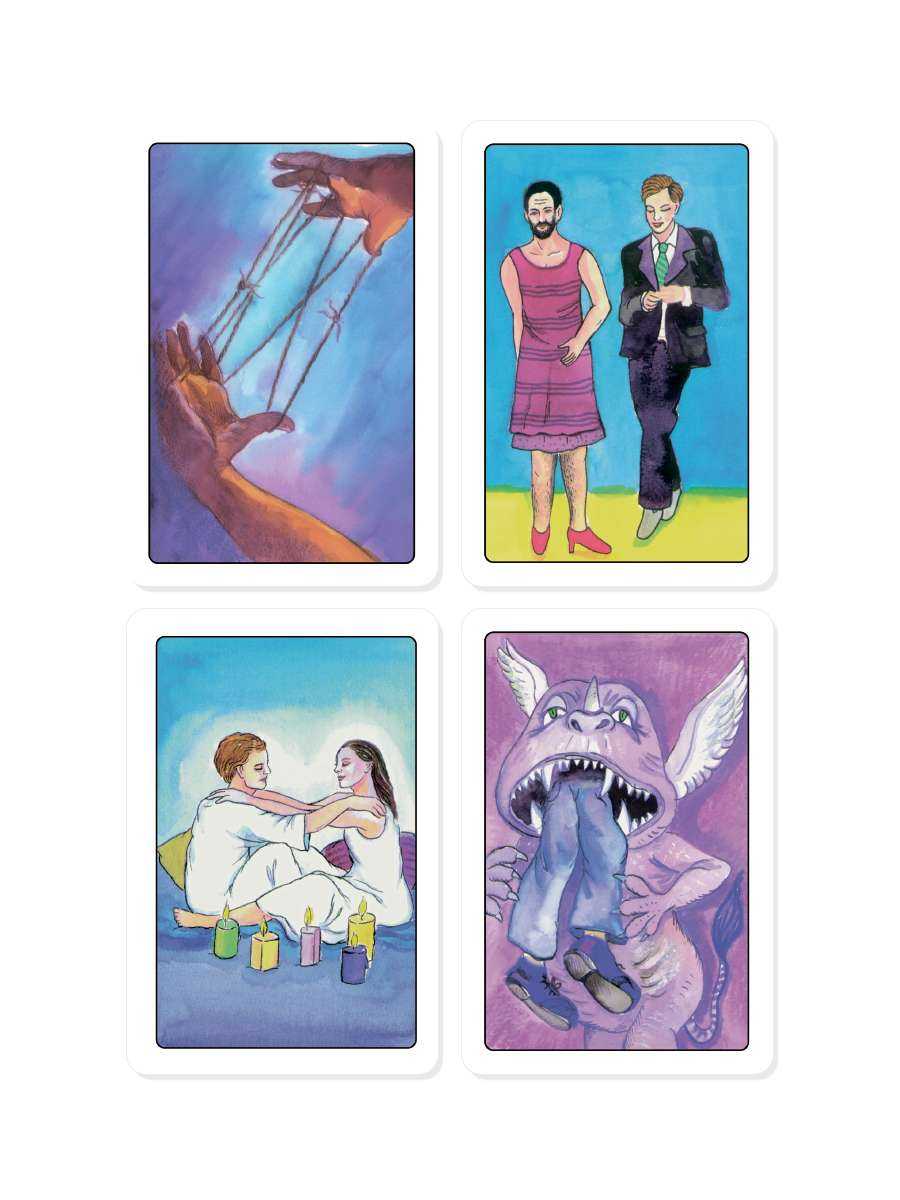
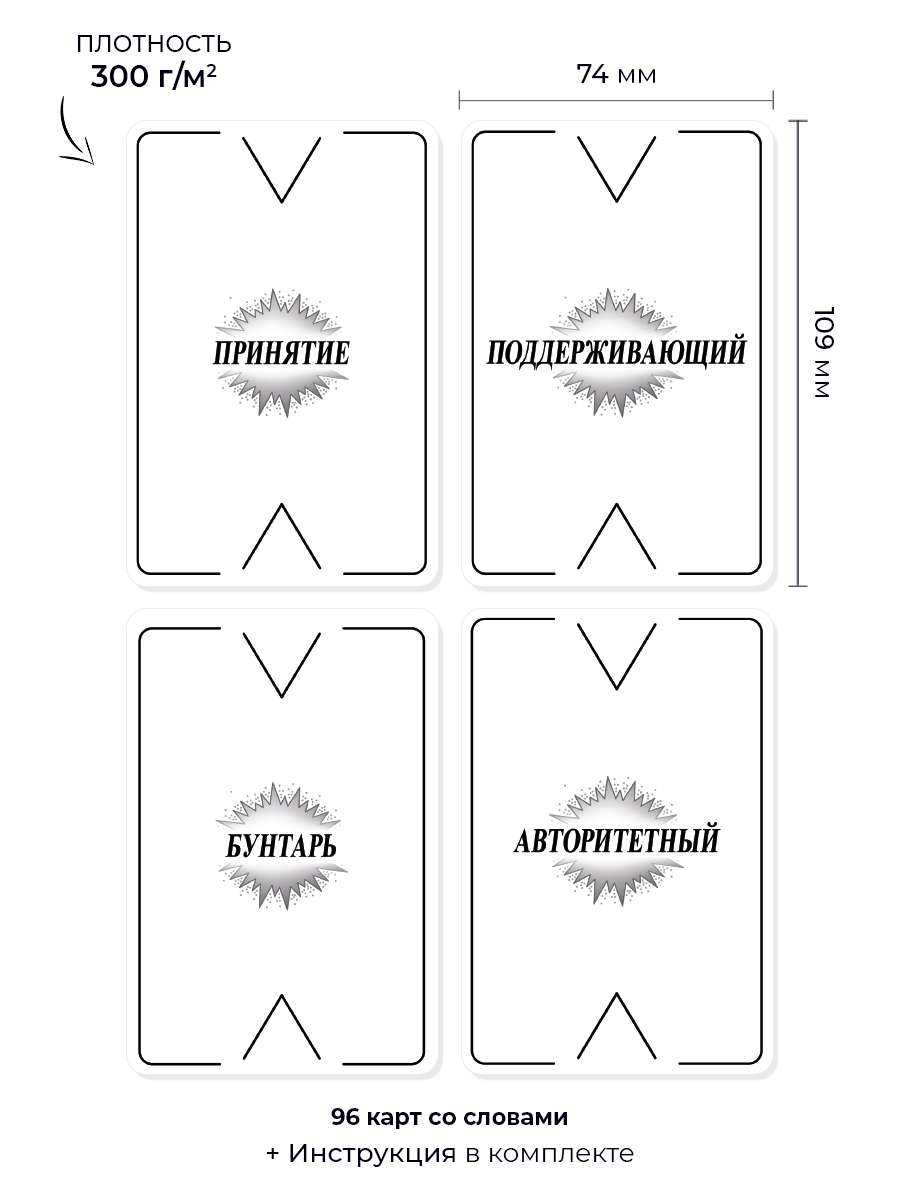
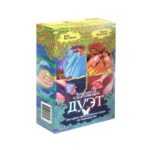
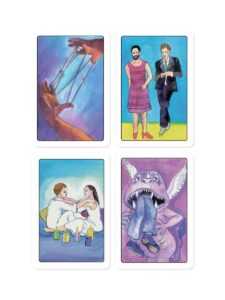
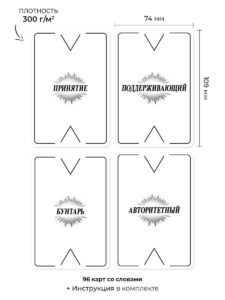


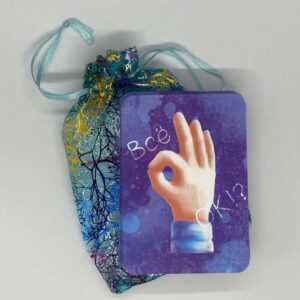

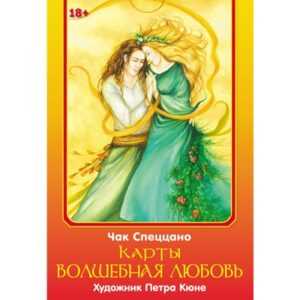
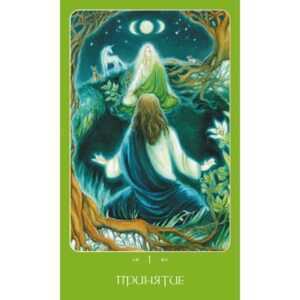


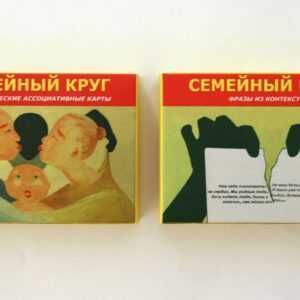

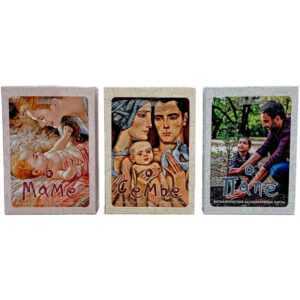


Reviews
Clear filtersThere are no reviews yet.